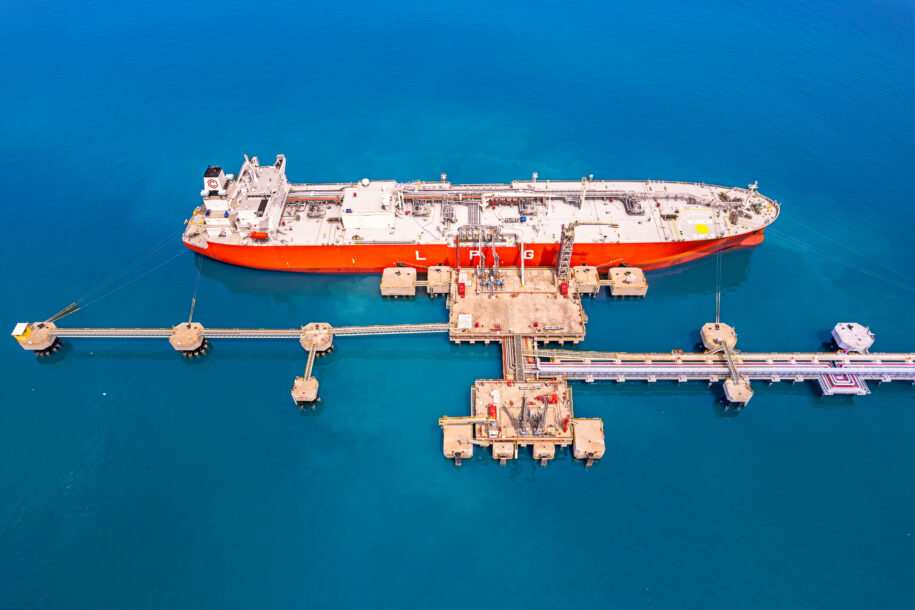The Challenges of SIRE 2.0 Implementation: Balancing Safety with Cognitive Load in Maritime Inspections
The maritime industry is undergoing a significant shift with the introduction of SIRE 2.0 implementation, a new inspection system designed to enhance safety standards and improve risk management. While the long-term benefits are clear, including improved safety for both people and the environment, there are concerns about the transition, especially regarding cognitive workload and crew performance.

The Digital Shift and Its Impact
SIRE 2.0 implementation marks a departure from traditional inspection methods, introducing a more digital approach. Inspections are now carried out via tablets, with each vessel receiving a tailored risk profile that guides the questions and assessments inspectors make. This personalized approach ensures safety standards are upheld more precisely, but it also means that crew members must now prepare for a comprehensive 1,600-page digest, which covers both core topics and vessel-specific issues.
This major shift temporarily increases the cognitive workload for both vessel operators and crews. Preparing for such a complex inspection system requires significant time and effort, and not all crew members may feel adequately equipped to handle the pressure. Anxiety can build, compounded by the need to recall intricate details about the vessel’s operations, safety equipment, and emergency protocols.
The Role of Inspectors: Sensitivity to Crew Performance
OCIMF (Oil Companies International Marine Forum) recognizes the challenges posed by SIRE 2.0 implementation and has taken steps to address them. A key initiative involves training inspectors to be more sensitive to the emotional and psychological states of crew members. It’s recognized that the inspection process can cause stress, especially given the broad scope of questions and the perceived pressure to perform well. This is where human factors play a crucial role.
Inspectors are now trained not only to assess technical operations but also to observe the psychological state of crew members. They are encouraged to identify signs of nervousness or fear, whether caused by the inspection itself or pre-existing conditions. By factoring this in, inspectors can adjust their approach to ensure the inspection process doesn’t negatively impact the crew’s performance or emotional wellbeing.
A Holistic Approach: Photos, Reports, and External Inputs
To further enhance inspection quality, SIRE 2.0 implementation incorporates more than just digital forms. Inspectors are now taking photographs during inspections, combined with external reports from Port State Control. These additional layers of documentation offer a more accurate and detailed picture of the vessel’s safety status. By using multiple sources, SIRE 2.0 aims to eliminate ambiguity and ensure that safety issues are properly identified and addressed.
However, this more exhaustive process can also be overwhelming. The influx of data, coupled with the pressure to fully understand the vessel’s operations and respond to complex questions, can lead to fatigue and frustration for crew members. Effective preparation is crucial in ensuring the cognitive load doesn’t negatively impact crew performance.
Balancing Safety with Workload: Potential Remedies
While the transition to SIRE 2.0 implementation is a positive step for safety standards, strategies can help reduce the strain on crews:
- Increased Training and Familiarization: Comprehensive training can alleviate anxiety, ensuring crews are well-versed in the new digital system and vessel-specific requirements.
- Supportive Inspection Practices: Ongoing sensitivity training for inspectors can reduce the psychological burden on crew members. Inspections should be collaborative, where inspectors guide the crew and help them learn in real-time.
- Streamlining Information and Preparation Materials: Simplifying the information vessels receive before inspections can reduce cognitive overload. A streamlined focus set of key areas would make preparation more manageable without sacrificing thoroughness.
- Feedback Loops and Adaptation: Continuous feedback from the industry will be critical to refining the SIRE 2.0 implementation process, ensuring that the system balances safety assessments and manageable workloads.
Moving Forward with Confidence
The introduction of SIRE 2.0 implementation marks an important milestone in the maritime industry’s journey toward heightened safety standards and risk management. While it has temporarily increased cognitive workload, these changes are intended to improve long-term safety and efficiency.
With ongoing training, attention to crew wellbeing, and continuous refinement of the inspection process, SIRE 2.0 implementation can be a powerful tool for fostering a safer, more resilient maritime environment. The key is ensuring the human element is not overlooked in the pursuit of higher standards—because it’s the people behind the systems that determine the success of the transition.
